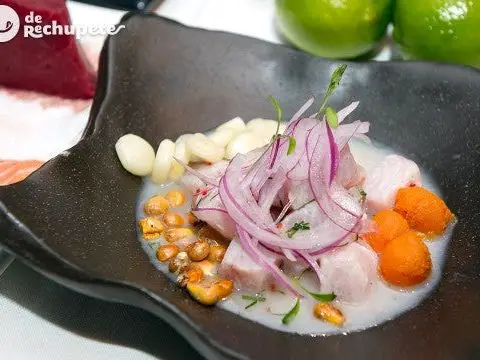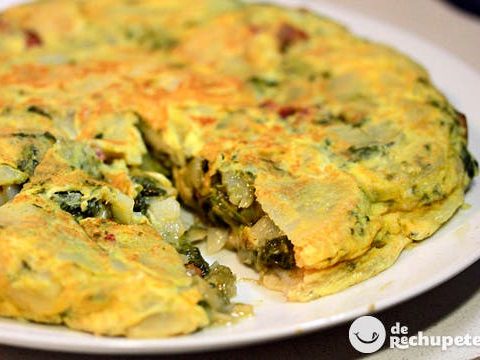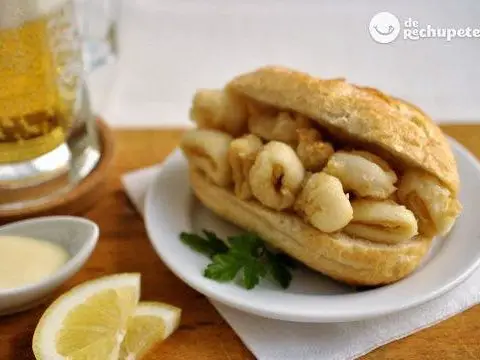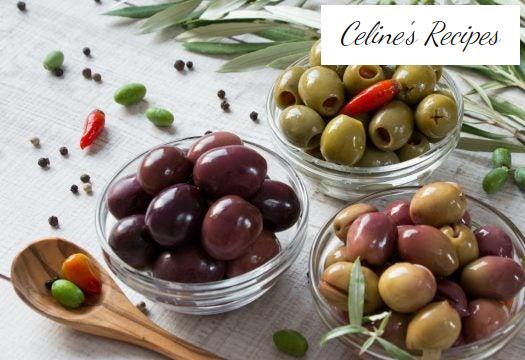
Info.
- Very easy
- 5 minutes
- For 6 people
- € 0.3 / person
- 195kcal per 100g.
- · ·
Olives from Spain, Mediterranean Diet from top to dessert . Essential pillar of the Mediterranean Trilogy
The olive tree is one of the three pillars of the Mediterranean Trilogy. Along with vine and wheat, he has been in charge of feeding the Spanish population since long before it could be called that.
To establish the origin of this fruit tree, one must go back some 12,000 years before Christ. Since then, it has been an essential element shared by the main Mediterranean civilizations throughout the centuries.
Greeks, Arabs or Romans have given an exceptional importance to everything they obtained from the olive tree for the well-being of their peoples.
Table Olives are both a product of proximity, having been protagonists of the diet of the civilizations that have enjoyed them around the Mare Nostrum, as an innovative fusion ingredient, when they crossed the Atlantic to be incorporated into the culture of the countries that were part of the Spanish Empire, after the discovery of America.
Mediterranean fruit . A little history…
The spectacular geographical expansion experienced by the olive tree in Asia Minor, Africa and Europe responds both to the ability of this tree to survive in harsh and dry climates and to the general taste for its products.
In this way, already in the 1st century AD there is written proof of how to make good olives, thanks to one of the first gastronomy experts in history, the Roman Columela, who already recommended brine, fennel and vinegar for dressings.
Olives contribute to the Mediterranean Diet all the good things about olive oil, but with all the pulp. With the utmost care, when they are at their optimum moment, the branches of the tree are milked to extract the expected fruits.
Something that, in Spain, happens in the months of September and October, when the fruit has reached its correct size and is at the point of maturity necessary to be able to be processed.
In the vast majority of green olive groves, those that are used for table olives, the work of harvesting the fruit is carried out in the traditional way, employing a large amount of labor to ensure that the quality from the origin is not stained.
This is equivalent to saying that the olives from our country are selected one by one in the field, before leaving for their respective industries.
Once the harvesting phase is finished, the elaboration process is carried out in the processors, within a sector that has firmly opted to implement the most advanced systems throughout the production chain.
Tradition and modernity go hand in hand when selecting any of the usual production processes.
The dressing , fermentation combining alkaline and saline; the brined , where fermentation is achieved in saline; the oxidation in an alkaline medium; the dehydration using dry salt or heat to remove moisture.
A philosophy of the field and the industry that has managed to raise the Spanish table olive to the first place in the world, both in volume and quality.

From the olive grove to the plate
From the expert hands of the gatherers extract the harvest from the olive tree until they are ready to eat, the olives go through the stages of dressing, picking, sorting and packaging.
They can also be boned and stuffed to offer a huge range of different flavors. The two main ways of making olives that are used in our country are:
- For green type: the fruits, as they come from the tree, go through a first phase of bitterness elimination, prior to lactic fermentation. This also allows you to enhance your organoleptic personality. Then, they go to a brine in which they will spend between two and four months, depending on the variety and what the future presentation of the olive will be like. The fermentation that takes place here is what makes the originally green and bitter fruit edible.
- For black type: to obtain those of this type, the procedure consists of introducing them in brine directly after the olive grove. Once classified, they undergo a treatment that enhances the oxidation characteristic of their dark coloration and that also allows thermal sterilization.
A world of varieties . Olive varieties
The olive tree is a living organism . The adaptation to the peculiarities of the different areas in which it has been cultivated over millennia has brought with it the appearance of different varieties, in response to soil conditions, temperatures, height with respect to sea level or the pluviometry.
In Spain there are more than 200 varieties of olive trees , each with its corresponding olive. They are divided into those suitable for olive mills, those for table olives and those with double aptitude.
Among all the multiple varieties of our olive groves , those that stand out for their production and implantation at the point of sale are:
- Chamomile : It receives this name due to the resemblance its shape has to that of apples. This variety is one of those that receives a greater diffusion at an international level. The main production regions are spread across the provinces of Seville, Badajoz and Huelva. Its collection is carried out when it is green, to make it “Seville-style”, by fermentation in brine. The simplicity of the boning, its productivity and meat quality, outstanding reasons for its great implantation.
- Gordal: It is no coincidence that one of the ways in which it is known is “the Beauty of Spain”. Due to its large size, ovoidal shape and pulp meatiness, this variety is one of the great favorites of consumers. Its production, located mainly in the Seville countryside, must deal with low productivity and aging, hence it is only used for the process.
- Hojiblanca: The white color that gives its name to this species, also known as lucentino, is not that of the fruit, which ranges from violet to black, but that of the underside of the tree’s leaf. Productive but true, it is the most widely used double aptitude variety, since its scope of application covers, mainly, Córdoba, Málaga, Seville and Granada. Of late maturation, its elaboration in black in the “Californian style” is one of those used to enjoy its firm pulp.
- Cacereña: This variety enjoys a remarkable implantation, from the Castilian olive groves to the Extremaduran, for which it receives different names depending on its origin, such as Manzanilla Cacereña Negrilla or, even, Redondilla. Double aptitude, it stands out for its good adaptation to poor soils and winter rigors. Its high rooting capacity, high and constant productivity and the ease of separating the pulp from the bone are some of the reasons that explain its development.
- Aloreña: We are talking about one of the varieties most traditionally linked to the province of Malaga. It is also known as Arola or Manzanilla de los Ranchos. Although it is not easy to separate it from the bone, the meat of its pulp is highly appreciated, especially when it is made in green. The fruits of this variety, in addition to being round and tender, are easily detached from the tree, which facilitates its harvest, which usually occurs at the end of August.
- Verdial: The preservation of the green color even after it has matured is the reason why these olives are so called, also known as Verdial de Badajoz, Macho, Manzanilla Rabuda, Mollar or Zorzaleño. Remarkably resistant to drought, this typically Extremaduran variety, although also from Seville, Malaga and Huelva, is highly appreciated both for the quality of its oil and for its pulp, although its strong roots in the branch complicate its collection.
- Arbequina: They receive this name from the Lleida town of Arbeca, where olive trees were introduced in the 17th century, characterized by the small size of the plant and the fruit, but the high quality of the oil. Its expansion to other regions beyond Catalonia (Aragon, Andalusia), where it is known as Arbequín or Blancal, has allowed it to also be enjoyed seasoned.
- Morona: Both this nomenclature and the other one it receives, Manzanilla de Morón, are directly related to the origin of this variety. The Seville town of Morón de la Frontera is where this variety comes from, which is usually intended for dressing in green. The fruits of this olive tree stand out for the roundness of its olives, which are also highly appreciated when they are used as an oil mill for oil extraction.
- Empeltre: This is the business card of the olive groves of Aragón and Baleares, so it also receives the names of Aragonesa, Mallorquina or Fina, although this does not prevent it from also being found in Castellón, Tarragona and Navarra. Early maturing, its asymmetrical and elongated fruits have a characteristic jet black coloration.
- Mollar: Also known as Ciezana or Mollar de Cieza for the outstanding importance of this Murcian town, which capitalizes its production as pickle. Its dressing, predominantly green, allows you to enjoy its fruits in the Spanish Levante where these olive trees are basically found. This variety is the protagonist of the World Cieza Olive Bone Throwing Championship, established in 1995.
Main types of olives
Thanks to this know-how accumulated over centuries, we have in our country three main types of olives, depending on when the harvest is carried out:
- Greens: fruits of normal size, extracted from the tree before ripening.
- Changing: purple, pinkish or chestnut olives, harvested without having matured.
- Black: olive picked at full maturity or shortly before it, presenting a reddish black, purplish black, dark violet or dark brown.
The Spanish producer sector maintains a permanent commitment to innovation and the application of advances throughout the production process.
Thanks to this philosophy, today we have formats adapted to each need (regulated by Royal Decree 1230/2001), and fillers capable of seducing palates from all over the planet.
- Whole: they maintain the original shape and the bone.
- Boneless: whole, chopped, halved, quarters, wedges, sliced.
- Stuffed: the bone is replaced by any of the more than 100 fillings that Spain offers to everyone.
- Crushed or split olives: A procedure opens the pulp without fracturing the bone, which remains whole.
- Sectioned or striped olives: through incisions in the skin and part of the pulp.
- Salads: cut into wedges or slices, they predominate compared to other products.
- Fish markets: boneless or stuffed cut into rings of a similar thickness.
- Wrinkled: naturally on the tree or using, among others, dry salt.
- Stitches: with perforations in the cuticle.
- Alcaparrado: accompanied by capers.
- Runs: placed in their packaging without order.
- Placed: arranged in their consumer presentation format following a geometric or symmetrical pattern.
- Olives with peduncle .
- Olive paste: ground pulp. with or without other products.
- Seasoned or seasoned: your liquid government is enriched with aromatic vegetable products.
From ancient tradition to superfood of the future
Diet has a direct relationship with health. This was established by the parents of our medicine and the passage of the centuries has only confirmed this statement.
During this time, the Mediterranean diet has involved a diet that has allowed successive civilizations to be nourished with everything they need by producing the land and the sea.
Each age has its own challenges. In the past, famine was the major concern. In western societies today, the risk comes from an abundance of food whose excessive consumption creates problems for public health.
Hence, doctors and nutritionists recommend the inclusion of food of good nutritional quality as a basic requirement for good healthy lifestyle habits.
The table olives in the family of pickles have everything they need to help us follow the recommendations of experts. This is evidenced by studies carried out by the scientific community.
Benefits and properties of olives
The olive fruit has a low caloric content. It is a food with healthy fat and polyphenols . A very easily digestible source of dietary fiber , because its lignin / cellulose ratio is less than 0.5.
A contribution of all the essential amino acids that also stands out for its content in vitamins , provitamin A and vitamin E , and minerals , especially calcium , iron or magnesium .
Nutrient hierarchy in the olive (pulp)
| Nutrient | Portion |
| Water | 62% |
| Oil | 20-30% |
| Sugars (glucose, fructose, sucrose) | 3-4% |
| Polysaccharides (cellulose, lignin, and hemicellulose) | 4% |
| Pectic substances | 0.3-0.6% |
| Protein | 1-3% |
| Phenolic compounds | 1-3% |
False calorie myth
Not all olives have the same calories per 100 grams of product.
However, they do share the honor of being one of the snacks that has the least calorie content of all those that we can find in regular establishments.
| Nutritional comparison per 100g of product | ||||||
| Name | Energy (kcal) | Carbohydrates (g) | Proteins (g) | Fat (g) | Fiber (g) | Na (g) |
| Green olive | 154 | 0 | 1.1 | 16.3 | 2.6 | 1.5 |
| Black type olive | 143 | 0 | 0.6 | 15.4 | 2.6 | 0.77 |
| Fried wheat “Boca Bits type” | 515 | 56 | 8 | 29 | – | – |
| Corn strips “fried type” | 437 | 71 | 6 | 14.3 | – | – |
| Potato Chips (brand 1) | 561 | 52 | 6.2 | 36.5 | – | – |
| French Fries (brand 2) | 495 | 51.1 | 7 | 32.7 | – | – |
| Cornmeal snacks (Cheetos type) | 500 | 54 | 6 | 29 | 5 | 0.8 |
| Peasant-style potato chips | 520 | 48 | 6.5 | 3. 4 | 4.5 | 0.6 |
| Fried corn | 457 | 71.1 | 7.6 | 15.8 | – | – |
Source: 2005. Seville Fat Institute. Superior Council of Scientific Investigations.
Cardiovascular fulcrum
One of the great concerns of the community is the worsening of cardiovascular health generalized by the introduction of harmful foods and by the increase in sedentary lifestyle.
In this section, olives represent an aid to compensate for the fat profile of our diet and enrich it with the benefits of this fruit.
In any of its presentations, olives are a source of healthy fats. Among these, oleic acid stands out as the most important of all, since it accounts for 77 percent of total fat.
The rest, with possible variations due to the ripening of the fruit, are divided between palmitic acid (13%), linoleic (5%) Omega 6 , stearic (3%), linolenic (1%) Omega 3 and palmitoleic (1%) .
Antioxidant potential
Diseases caused by oxidative stress on cells can be prevented by providing our body with nutrients that have an antioxidant function. Table olives stand out for their content in two nutrients with a proven anti-ox power. such as vitamins and polyphenols.
The Spanish olive has a high content of tocopherols and tocotrienols , important antioxidants of the human body. The most abundant compound is α-tocopherol , whose concentration ranges around 35 mg / kg. The vitamin value includes provitamin A (β-carotene).
The concentration of polyphenols in olives is quite high, reaching up to 6% of dry matter , a higher portion than that found in olive oils.
Among others, hydroxytyrosol stands out , being the most abundant phenolic compound in olives. Its concentration is of the order of 3400 to 7500 μmol / liter (depending on the variety or method of preparation).
There is also the tirosol is also in high concentrations (750-1300 mmol / liter) and its evolution parallels the hydroxytyrosol.
Nutritional composition of green and black olives
| Quantity per 100 g | Green olive | Black Type Olive |
| Energy (kcal) | 154 | 143 |
| Proteins (g) | 1.1 | 0.6 |
| Carbohydrates (g) | 0 | 0 |
| Total Fat (g) | 16.3 | 15.4 |
| Saturated Fat (g) | 3.23 | 2.7 |
| Monounsaturated Fat (g) | eleven | eleven |
| Polyunsaturated Fat (g) | 1.4 | 0.85 |
| Cholesterol (mg) | 0.2 | 0.25 |
| Fiber (g) | 2.6 | 2.6 |
| Sodium (g) | 1.5 | 0.77 |
| CDR: Recommended Daily Allowance | ||
| Vitamin A (Retinol) | 6 (% CDR) | 4 (% CDR) |
| Vitamin E (Tocopherol) | 33 (% CDR) | 31.75 (% CDR) |
| Vitamin C (A. Ascorbic) | 0.7 (% CDR) | 0 (% CDR) |
| Calcium | 6 (% CDR) | 6.5 (% CDR) |
| Match | 1 (% CDR) | 1 (% CDR) |
| Iron | 4 (% CDR) | 45.5 (% CDR) |
| Magnesium | 4.3 (% CDR) | 2.5 (% CDR) |
| Zinc | 1.6 (% CDR) | 2 (% CDR) |
I nstituto de la Grasa de Sevilla. Superior Council of Scientific Investigations. 2006
In addition to its proven health benefits, as a fundamental pillar of the Mediterranean Diet, olives are the only fruit that naturally contains the four basic flavors (sweet, salty, acidic and bitter).
Thanks to this feature, it is extremely versatile when it comes to introducing it into your daily diet.
The recommended daily amount of this food is established in 7 olives a day , a simple gesture to incorporate all its benefits into the body.
Recipes with olives

The golden olives is a very healthy recipe to serve as main or second course, it is a simple way to prepare this type of fish. On this occasion we have prepared this sea bream with a very Mediterranean touch provided by the olives, a great success.
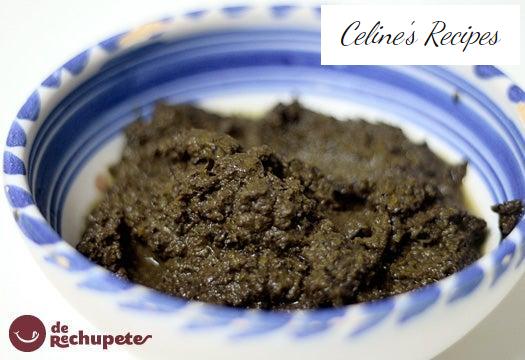
Olivada of black olives or homemade Tapenade . This paste consists of finely crushed black olives along with capers, anchovies and extra virgin olive oil. This main base can be tuned to the consumer’s taste, with the ingredients that you like the most at home.
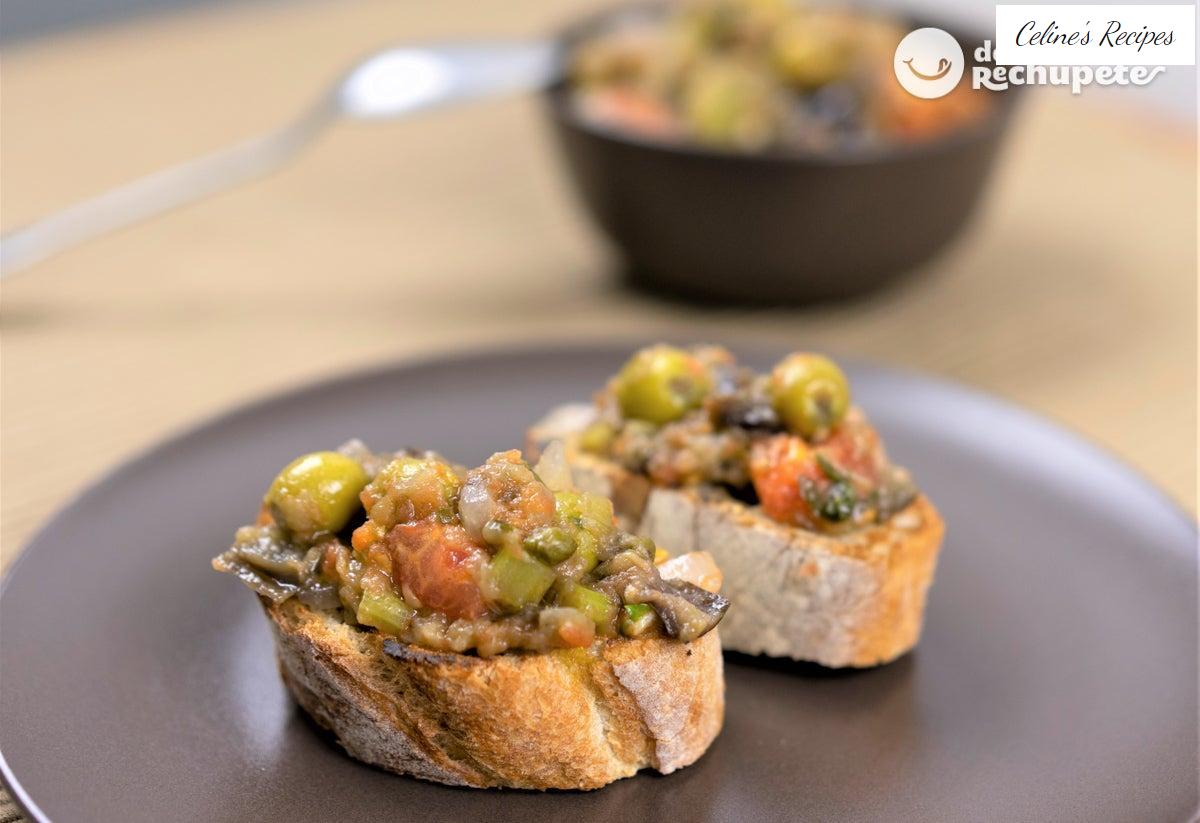
How to prepare a Sicilian caponata . One of the most important dishes of typical Sicilian cuisine, in this recipe for fried vegetables seasoned with a sweet and sour sauce we find eggplant, tomato, celery, onion, olives and capers.
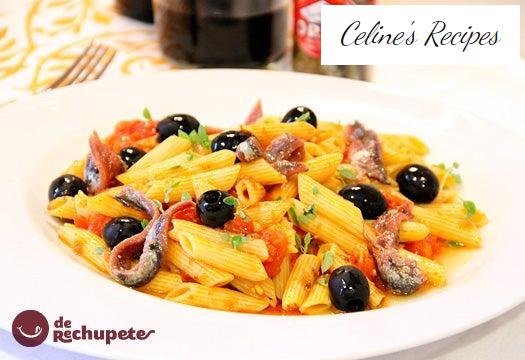
Neapolitan macaroni with tomato sauce, anchovies and black olives, with all’Amalfitana sauce. It is certainly a simple and quick to make pasta recipe, really delicious. Do not stop trying it and you will tell me …
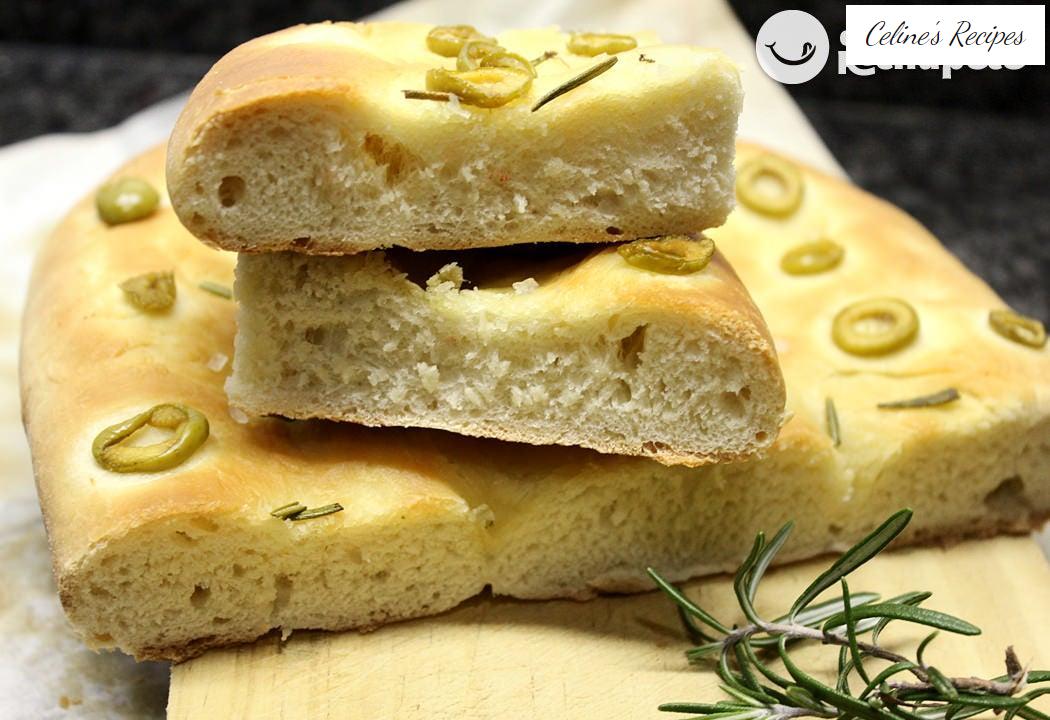
Italian focaccia of green olives and rosemary. The simplest focaccia is usually prepared with only olive oil, salt and rosemary. Today I am going to add some green olives to give it a Mediterranean touch, and it will be delicious.
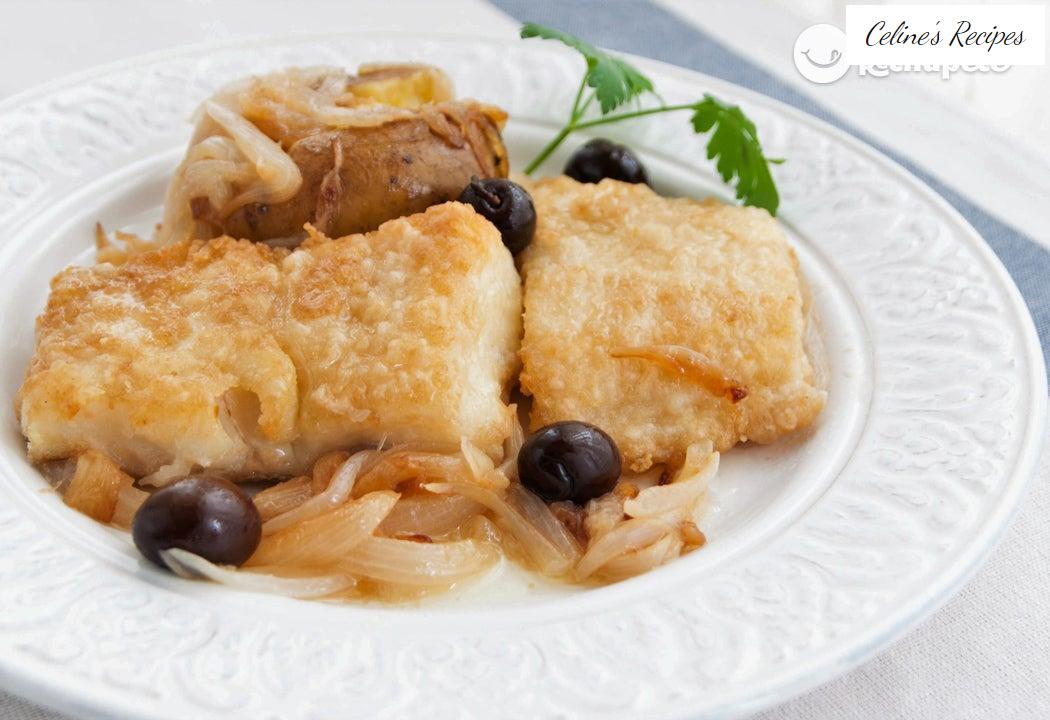
Lagareiro baked cod . Portuguese recipe with cod, also called in olive oil, was prepared in the areas of Portugal where there were olive mills where olive oil was made.

How to make Marseillaise gilded . It’s about cooking the sea bream fillets in the oven, accompanied by some vegetables, black olives and the special touch of capers.

Murcian salad . Get wet or wet. A good tomato, egg, tuna, onion, olives and extra virgin olive oil salad.
